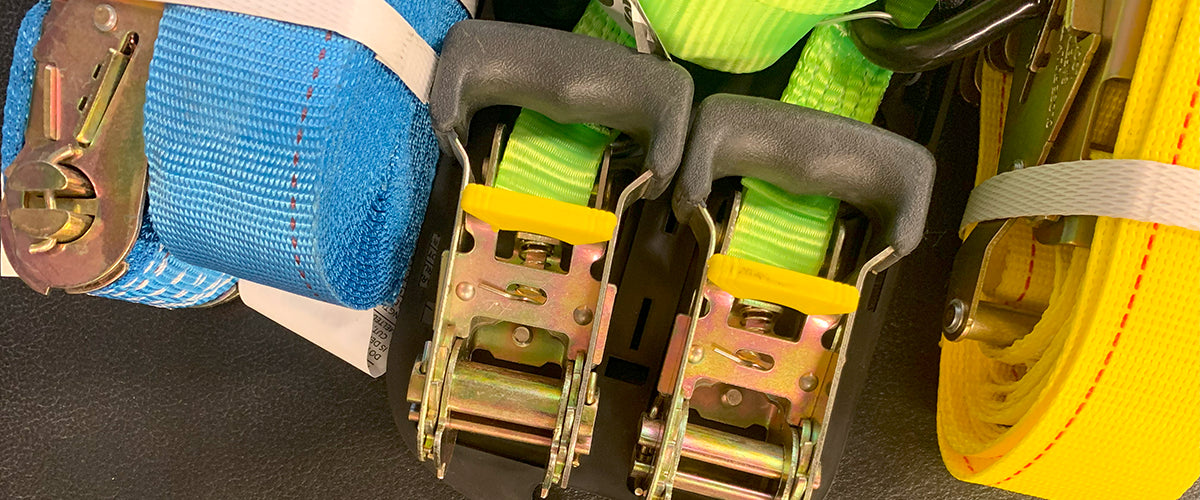CHOOSING THE CORRECT RATCHET STRAP FOR YOUR APPLICATION. Here are more details on how to make the right choice:
🤔Determine Cargo Weight and Size: Start by accurately measuring and weighing your cargo. Knowing the weight and size of what you are securing is the first step in selecting the appropriate trailer straps. Cargo weight is often measured in pounds or kilograms, while size may be expressed in dimensions (length, width, and height) or cubic feet.
🤔Calculate the Working Load Limit (WLL): The Working Load Limit (WLL) is the maximum weight that a ratchet strap can safely secure. It’s a critical factor in choosing the right strap. To calculate the required WLL for your application, ensure it’s equal to or greater than the weight of your cargo. It’s essential to have a safety margin, so don’t just match the cargo weight; go for a higher WLL to ensure safety.
🤔Choose the Right Length: Trailer straps come in various lengths, typically ranging from 5 feet to 50 feet or more. Select a length that allows you to properly secure your cargo without excessive slack or insufficient length. Longer straps can be used for larger loads or when you need to wrap around items multiple times for added security.
Select Suitable Hardware: The hardware you choose will depend on your specific application. Here are some common hardware options:
- Ratchets: Ratchets are used to tighten and secure the strap. They come in different styles, such as handle ratchets and lever ratchets. Choose the type that you are comfortable using and that suits your cargo.
- Hooks: There are various types of hooks, including flat hooks, S-hooks, and J-hooks. Consider the shape of your cargo and how the hooks will attach to it. Make sure the hooks are rated for the load you are securing.
- End Fittings: Some ratchet straps have specialized end fittings, such as D-rings or E-track fittings, which are designed for specific anchoring points on trailers or vehicles.
- Webbing Material: The material of the strap is also important. Common options include polyester and nylon webbing. Polyester is known for its strength and durability, while nylon has some elasticity.
Consider Other Factors: Depending on your specific needs, you might also want to consider factors like weather resistance, UV protection, and abrasion resistance. Straps with these features can offer added durability and longevity.
CHECK REGULATIONS: Depending on your location and the type of cargo you are transporting, there may be regulations and standards that dictate the type and specifications of straps you must use. Ensure your chosen trailer straps comply with all applicable regulations.
REGULAR INSPECTION AND MAINTENANCE: After selecting the correct trailer straps, it’s crucial to regularly inspect them for signs of wear and tear. Replace any damaged or worn straps immediately to ensure the continued safety of your cargo.
By following these steps and considering all the relevant factors, you can choose the correct trailer straps that provide the necessary strength and security for your cargo, ensuring a safe and successful transportation process.

